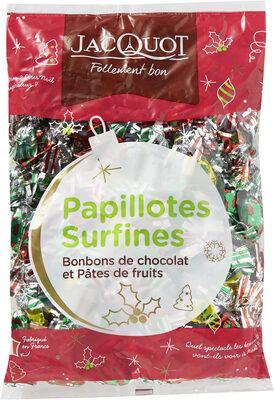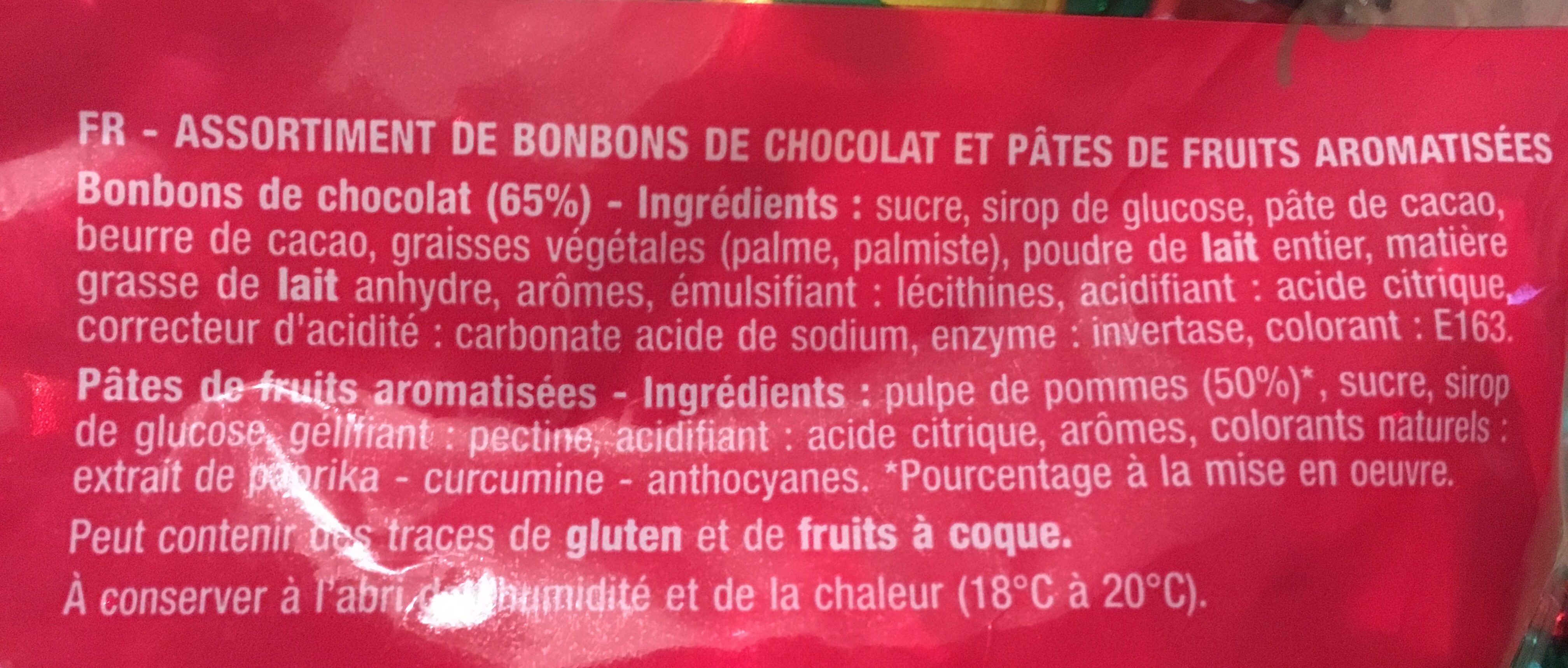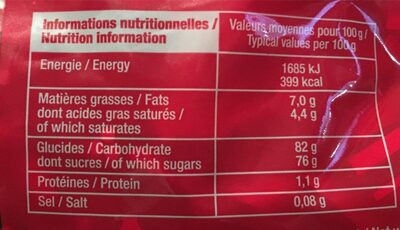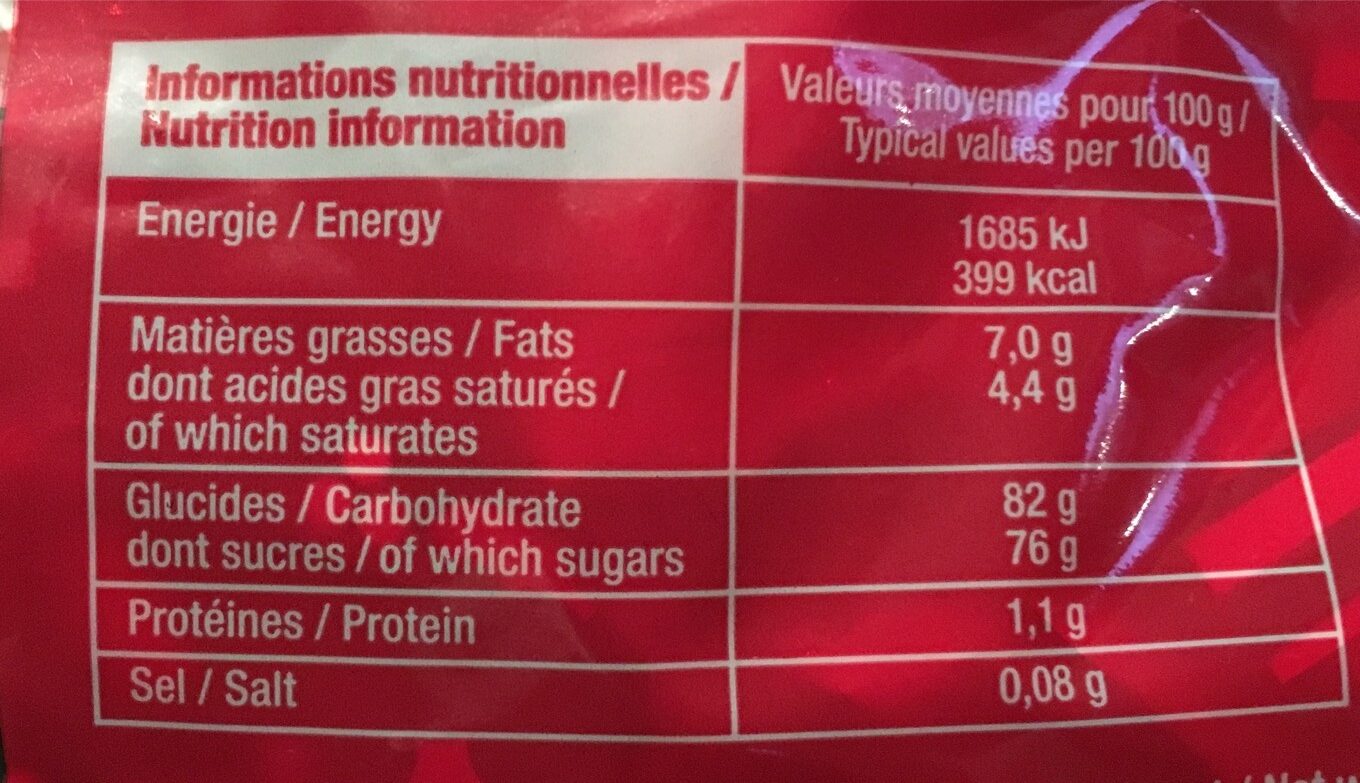Papillotes au chocolat - Jacquot - 940 g
This product page is not complete. You can help to complete it by editing it and adding more data from the photos we have, or by taking more photos using the app for Android or iPhone/iPad. Thank you!
×
Some of the data for this product has been provided directly by the manufacturer Carrefour.
Barcode: 3173287829040 (EAN / EAN-13)
Quantity: 940 g
Brands: Jacquot
Categories: Snacks, Sweet snacks, Cocoa and its products, Confectioneries, Chocolate candies, Bonbons, fr:Papillotes en chocolat, Aliments d'origine végétale, Aliments et boissons de Noël, Aliments et boissons à base de végétaux, Aliments à base de fruits et de légumes, Bonbons de chocolat, Cacao et dérivés, Confiseries, Confiseries chocolatées, Fruits et produits dérivés, Papillotes en chocolat, Pâtes de fruits, Snacks sucrés
Labels, certifications, awards: Made in France
Countries where sold: France
Matching with your preferences
Environment
Packaging
Transportation
Threatened species
Report a problem
Data sources
Product added on by kiliweb
Last edit of product page on by roboto-app.
Product page also edited by autorotate-bot, beniben, halal-app-chakib, moon-rabbit, openfoodfacts-contributors, org-carrefour, packbot, quechoisir, yuka.UVpzRkVxa2d2OWhVeHNObnpocnYrdFZybVphQVl6bWJjOUZBSVE9PQ.











